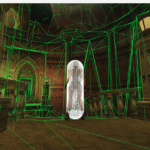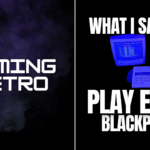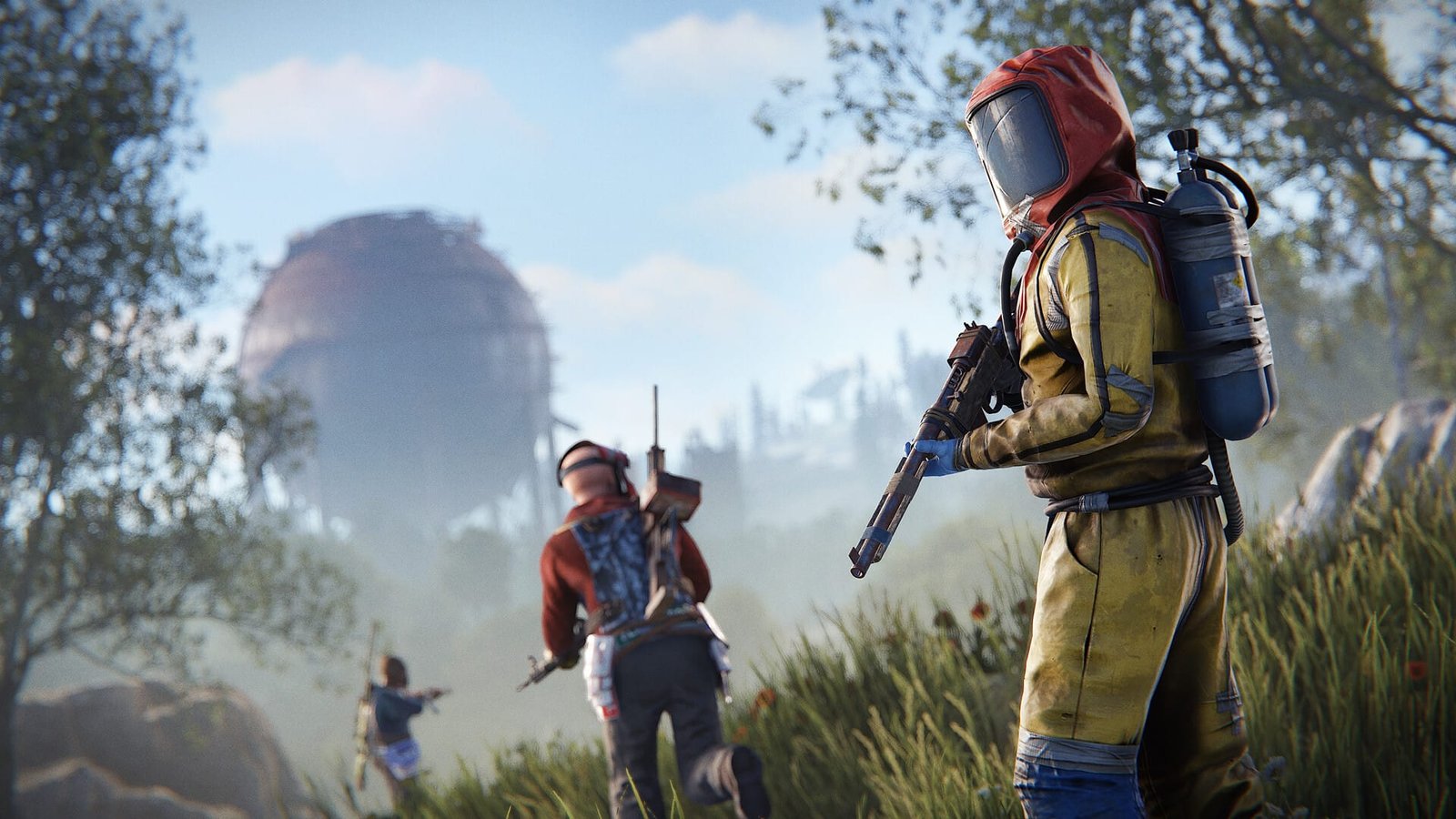Surviving your first night in Rust feels like a victory, but it’s just the beginning. The real depth comes from mastering multiplayer dynamics that separate casual players from server legends.
Team coordination, server politics, and social warfare create layers of complexity that transform a simple survival game into something far more engaging. Understanding these advanced mechanics means the difference between struggling alone and dominating entire servers with strategic group play.
Advanced team dynamics in Rust
Building trust and leadership
Successful Rust teams need clear leadership structures. One player should handle strategic decisions while others focus on specialized roles like farming, raiding, or base defense. Trust develops through consistent actions, not just words.
Leadership means making tough calls during raids. When your team is deep in an enemy base and needs to decide between pushing forward or retreating, hesitation kills. Good leaders communicate decisions quickly and take responsibility for outcomes.
Key leadership roles in effective teams:
- Shot-caller: Makes split-second tactical decisions
- Base architect: Designs and manages compound layouts
- Diplomat: Handles negotiations with other groups
- Quartermaster: Manages resources and gear distribution
Communication systems that work
Discord channels should mirror your in-game structure, and a proper Rust Discord setup can make or break team coordination. Create separate voice channels for different activities: one for farming, one for PvP, and one for base management. This prevents crucial raid callouts from getting lost in casual conversation.
Develop standardized callouts for your base and surrounding areas. “North tower,” “main gate,” and “loot room” mean nothing if everyone interprets them differently.
Mastering server politics
Forming strategic alliances
Smart groups identify potential allies early in the wipe. Look for teams with complementary strengths—if you excel at raiding, partner with strong builders. Temporary truces during helicopter events or against mutual enemies often evolve into lasting partnerships.
The server you choose dramatically impacts these political dynamics. When selecting your video game server, keep in mind the server culture and rules that will shape your multiplayer experience. The quality and stability of your server can deeply influence team coordination.
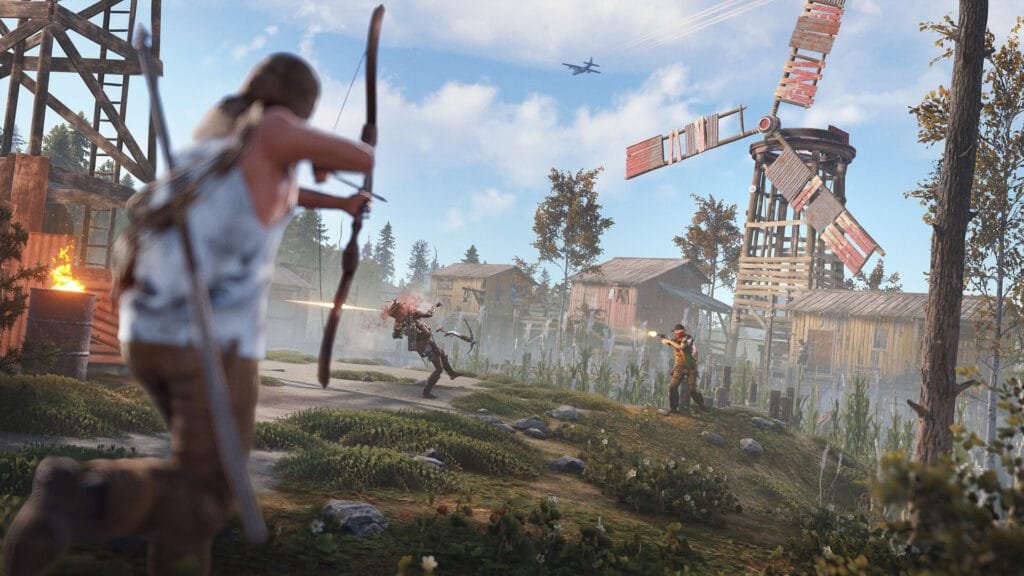
Never commit to exclusive alliances immediately. Keep multiple diplomatic channels open and avoid burning bridges unnecessarily. Today’s enemy might become tomorrow’s ally when server dynamics shift.
Managing clan rivalries
Understanding your server’s power structure prevents costly mistakes. That small duo you’re considering raiding might be closely allied with the server’s dominant clan. Research relationships before making moves.
Choose battles based on strategic value, not emotion. Revenge raids feel satisfying but often waste resources better spent on productive targets. Sometimes accepting a loss and moving on preserves strength for more important conflicts.
Advanced multiplayer base design
Coordinated defense systems
Multi-story compounds need overlapping defensive positions. Each floor should cover the others’ blind spots while providing fallback positions when outer defenses fail. Design with your team size in mind—too many angles to cover spreads defenders thin.
Trap coordination requires practice. Mastering Rust‘s electricity system gives teams significant defensive advantages. One player should control the electrical systems while others handle door sequences and defensive positioning. Rehearse these procedures when offline to avoid confusion during actual raids.
Essential defensive features:
- Kill boxes: Narrow passages with multiple angles of fire
- Shooting floors: Positions covering different base sections
- Safe rooms: Heavily fortified fallback positions with supplies
Resource sharing and storage
Implement access control systems that balance convenience with security. Core members need broader access while newer players get limited permissions. Use code locks strategically—too many codes become confusing during stressful situations.
Create dedicated storage for different activities. Raid supplies should be separate from farming gear to prevent accidental losses. Designate specific containers for high-value items that require group consensus before use.
Economic warfare and trading
Controlling key resources
Identify and monopolize crucial server resources. Hemp spawns near monuments provide cloth for medical supplies. Sulfur quarries become chokepoints that other groups depend on. Control these areas to influence server-wide politics. For the latest updates and community strategies, keep up with official Rust news to stay informed.
Monument routes generate predictable traffic patterns. Teams that control these pathways can tax passage, gather intelligence, or deny access to rivals. Position your bases to monitor and control these strategic locations.
Information as currency
Intel about enemy base layouts, online schedules, and resource stockpiles holds enormous value. Trade this information strategically to gain advantages without a direct confrontation. Sometimes, sharing enemy locations with their rivals creates beneficial chaos.
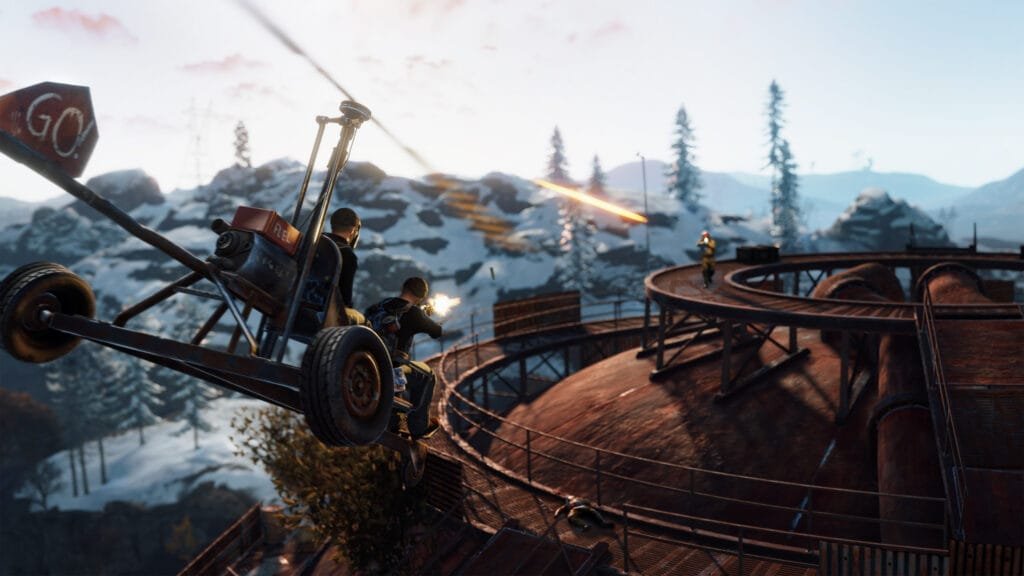
Market manipulation works on high-pop servers with active trading. Coordinate with allies to artificially influence scrap values or component availability. This economic pressure can weaken rivals more effectively than direct raids.
Psychological tactics in group play
Intimidation and reputation
Build a reputation through consistent actions. Groups known for following through on threats gain respect and fear. This reputation often prevents conflicts before they start, saving resources for more productive activities.
Base design communicates strength. Massive compounds with obvious defensive features deter casual raiders. Strategic lighting, multiple towers, and visible defensive positions create psychological barriers beyond their physical protection.
Social engineering
Patient infiltration pays massive dividends. These psychological tactics mirror strategies found in classic competitive gaming scenarios, from classic two-player gaming experiences to modern team-based games. Placing trustworthy members in rival groups provides ongoing intelligence and sabotage opportunities. This requires dedicated players willing to maintain cover identities for extended periods.
Sow discord among enemies by sharing selective information. Revealing one group’s plans to raid another creates conflicts that benefit your team. This indirect approach weakens rivals without exposing your forces.
Conclusion
Mastering these advanced multiplayer elements transforms Rust from a survival game into a complex social experience. Success requires balancing combat skills with diplomacy, resource management with psychological warfare, and individual achievement with team coordination.
Affiliate Disclosure: Some of the links in this post may be affiliate links, which means I may earn a small commission if you make a purchase through those links. This comes at no extra cost to you. Thank you for your support!
